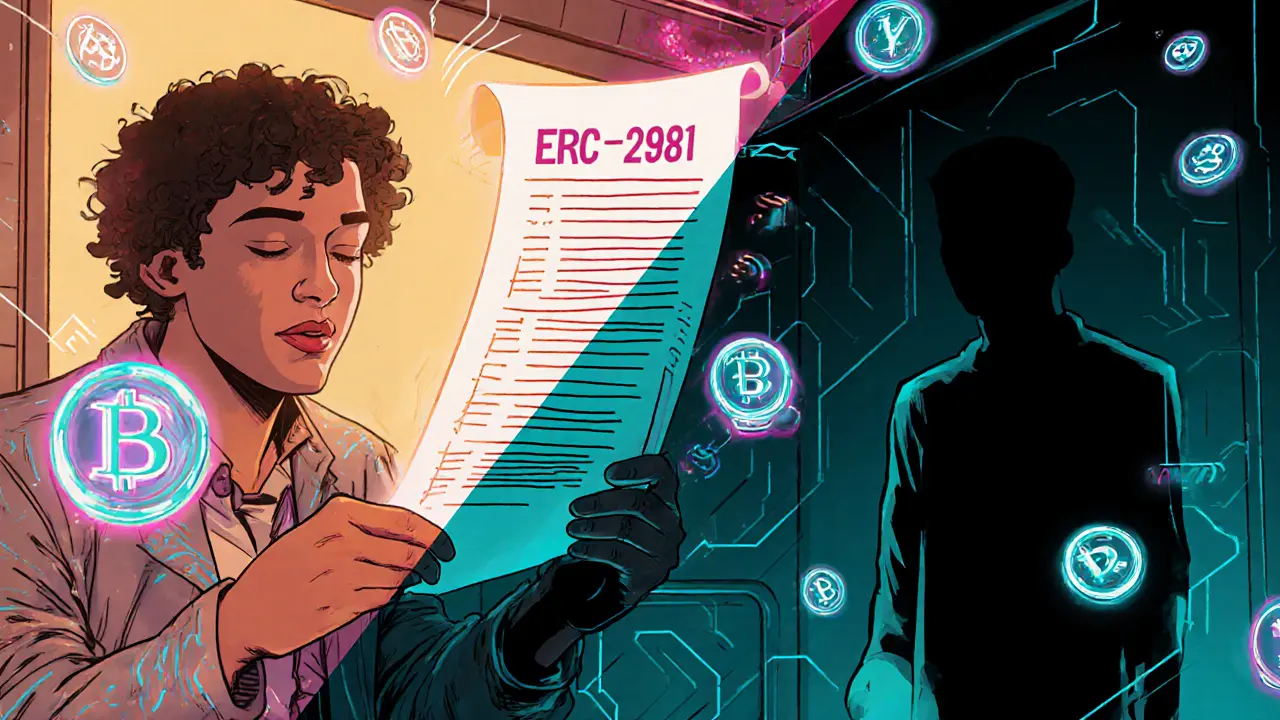Understanding NFT Royalties: How Creators Earn on the Blockchain
When working with NFT royalties, a built‑in payment that automatically sends a percentage of each resale to the original creator. Also known as creator royalties, they rely on smart contracts, self‑executing code on the blockchain that enforces the payment rules and are supported by most NFT marketplaces, platforms where tokens are bought, sold, and displayed. The system runs on the blockchain, a decentralized ledger that guarantees transparency and immutability, ensuring creators get paid every time the token changes hands.
Key components of NFT royalty systems
NFT royalties encompass three core attributes: the royalty percentage, the technical standard that defines how the percentage is read, and the marketplace that actually enforces the payout. Most projects choose a fixed percent—often 5‑10%—that’s baked into the token’s metadata via the ERC‑2981 standard or its equivalents on other chains. This standard acts as a bridge, letting any compliant marketplace read the royalty info without needing custom code. Because the royalty logic lives in a smart contract, the rule is immutable: once deployed, it can’t be changed without the creator’s consent, which builds trust for buyers.
The relationship between these entities forms a clear chain: NFT royalties require smart contracts to store the percentage, smart contracts run on the blockchain to guarantee transparency, and NFT marketplaces influence royalty visibility by choosing whether to honor the standard. When a resale occurs, the marketplace calls the contract, pulls the royalty rate, and automatically splits the sale proceeds between the seller and the creator. This seamless flow turns a one‑time sale into an ongoing income stream, turning creators into quasi‑investors in the secondary market.
Despite the smooth tech, real‑world challenges still pop up. Off‑chain trades, private sales, or platforms that ignore royalty standards can bypass the payout, leaving creators short‑changed. To combat this, newer protocols are adding royalty enforcement at the protocol layer, meaning the fee is deducted before any transfer can happen, no matter the marketplace. Additionally, some artists experiment with dynamic royalties that adjust based on token age or volume, showing how flexible smart contracts can get.
In the collection below you’ll find deep dives on how to set up royalty contracts, reviews of marketplaces that honor them, and analyses of the latest standards shaping the space. Whether you’re a creator looking to lock in future earnings or a collector wanting to understand where a portion of your purchase goes, these articles give you the practical insights you need.
Explore why NFT royalties get bypassed, how marketplaces and smart contracts enable circumvention, and what new standards like ERC721‑C and Hedera offer for creators.
Learn how to embed and enforce NFT royalties on-chain in 2025. Covers EIP-2981, blocklist vs allowlist, cross-chain challenges, marketplace tactics, and a creator checklist.


